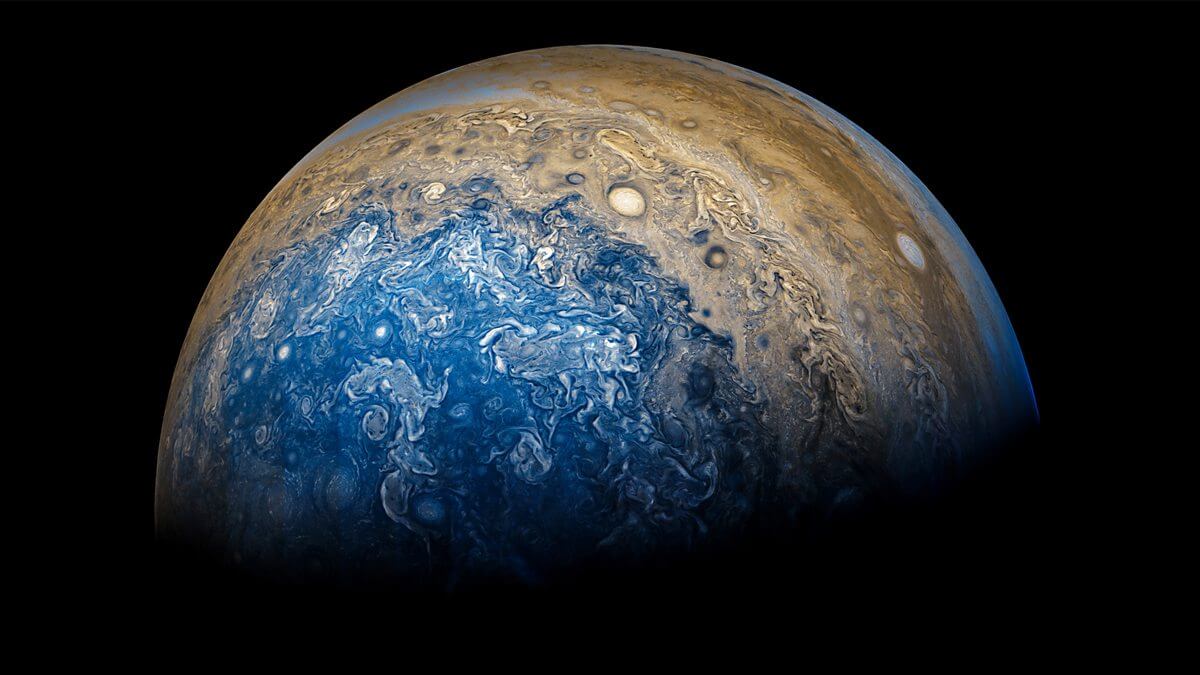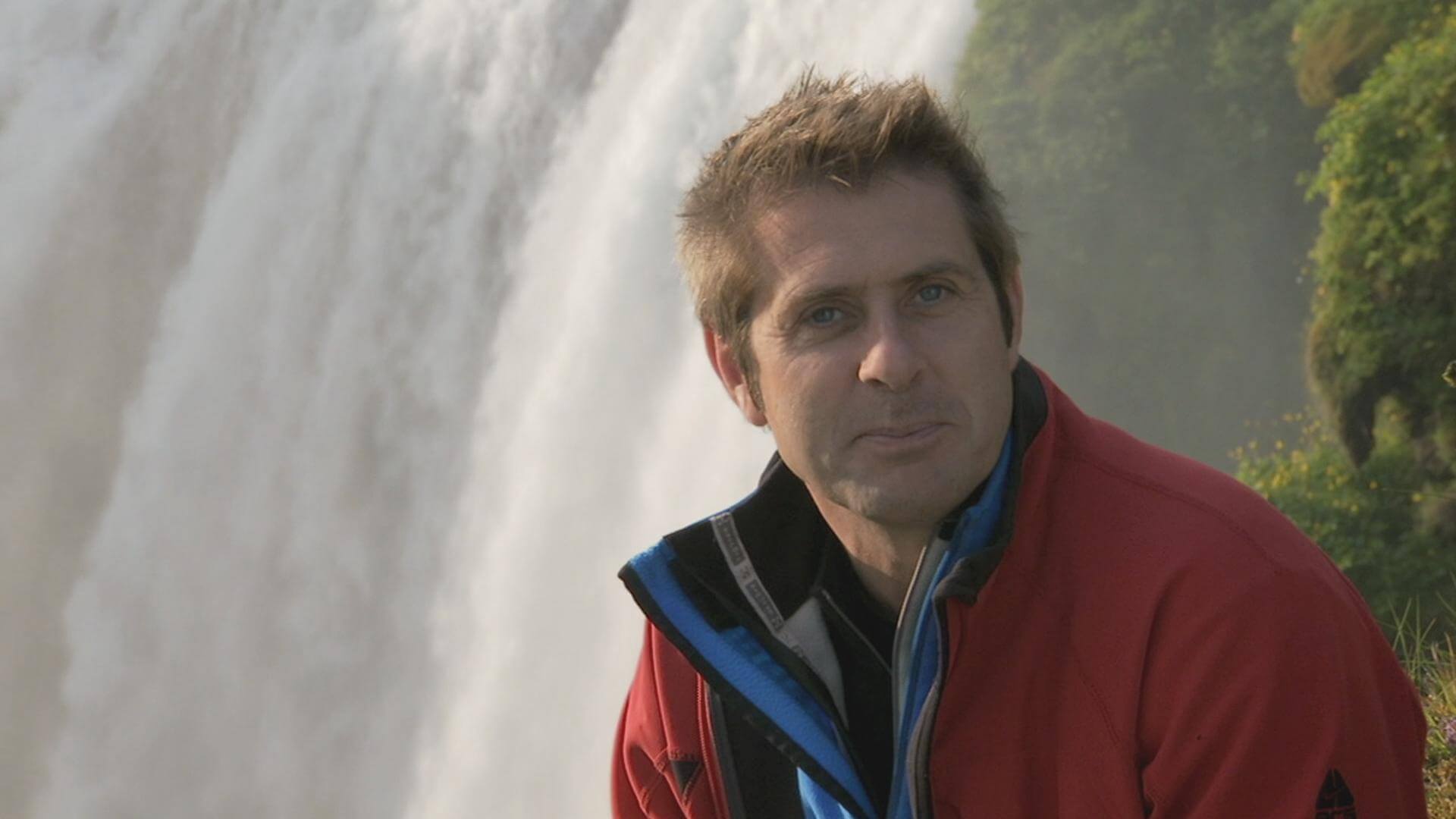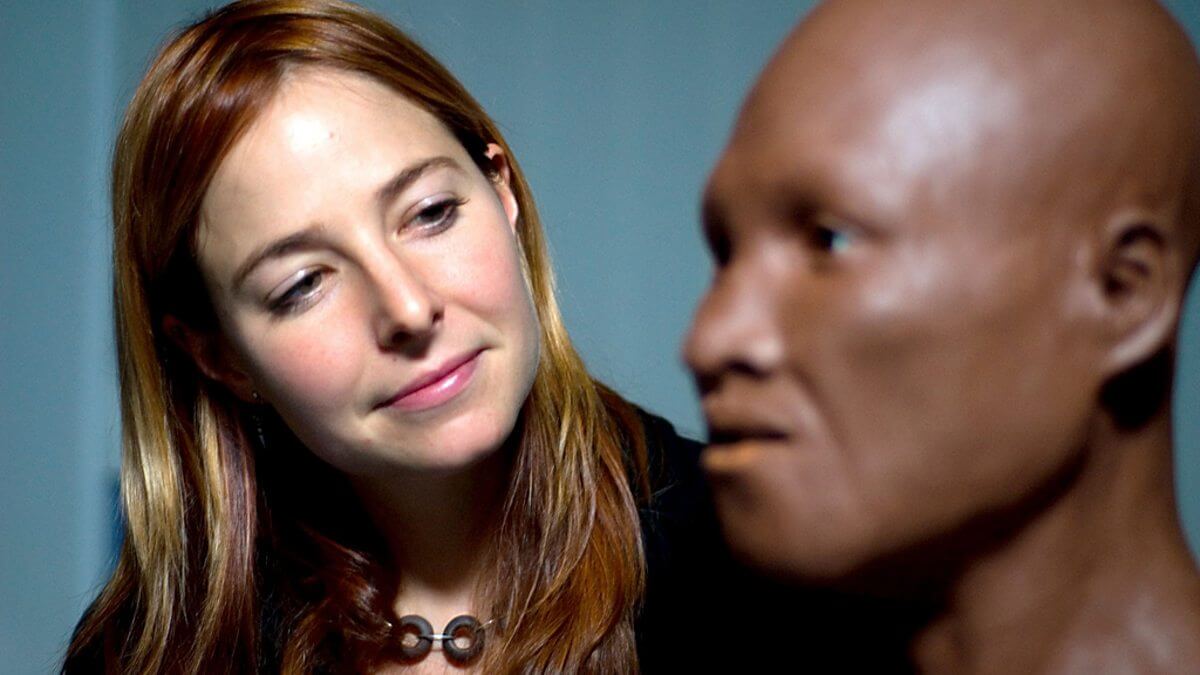description:
To send a spacecraft there is a little bit insane,’ says Scott Bolton when talking about Jupiter, the largest planet in the solar system. But that is exactly what he has done, because Scott is head of Juno, the Nasa mission designed to peer through Jupiter’s clouds and reveal the wonders within.
Professor Kaitlin Kratter shows us how extreme Jupiter is. She has come to a quarry to measure out each planet’s mass with rocks, starting with the smallest. Mercury is a single kilogram, and the Earth is 17. Jupiter is seven tonnes – that is two and a half times the mass of all the other planets combined. With extreme size comes extreme radiation. Juno is in the most extreme environment Nasa has visited. By projecting a 70-foot-wide, life-size Juno on a Houston rooftop, Scott shows us how its fragile electronics are encased in 200kg of titanium.
Professor Andrew Ingersoll, Juno’s space weatherman, reveals they have seen lightning inside Jupiter, perhaps a thousand times more powerful than Earth’s lightning. This might be evidence for huge quantities of water inside Jupiter. He also tells us that the Great Red Spot, a vast hurricane-like storm that could swallow the Earth whole, goes down as far as they can see.






